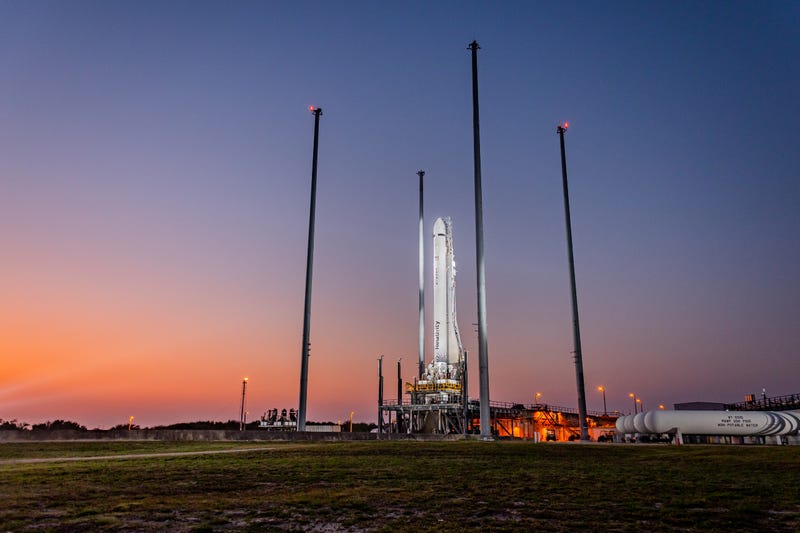
A rocket made almost entirely from parts produced by a 3D printer launched successfully on Wednesday, only to fail before reaching the outer edge of Earth's atmosphere.
The unmanned Terran 1 lasted only three minutes after it left its launchpad at Cape Canaveral, according to Relatively Space, the company behind the attempted launch. It crashed down into the Atlantic Ocean.
The plan was for the rocket to reach an altitude of 125 miles before orbiting Earth for a few days, a rep for the company says. Afterwards, it was expected to burn up as it re-entered the planet's atmosphere.
In a Twitter post, Relativity Space said in spite of the shortened flight, the liftoff was still "a huge win with many historic firsts."
"We successfully made it through Max-Q, the highest stress state on our printed structures. This is the biggest proof point for our novel additive manufacturing approach," the company said. "We also progressed through Main Engine Cutoff and Stage Separation."
"And, this thing was 3D printed!!! So so many industry firsts," CEO Tim Ellis added.
An investigation is underway to determine what exactly caused the rocket to fail.
According to CNN, the first stage of the rocket successfully detached from the rocket's upper stage, but the engine meant to propel the second stage only ignited briefly and didn't provide enough power for the rocket to reach orbit.
The two-stage, 110ft. tall, expendable rocket is the largest 3D printed object to exist and to attempt orbital flight, according to Relativity Space. The rocket is 85% 3D printed by mass, with its primary structures composed of a proprietary metal aluminum alloy. Its nine engines, which are also 3D printed, are fueled by a combination of liquid natural gas and liquid oxygen -- known as methalox.
The company said it would provide updates in the coming days after it analyzes flight data.


